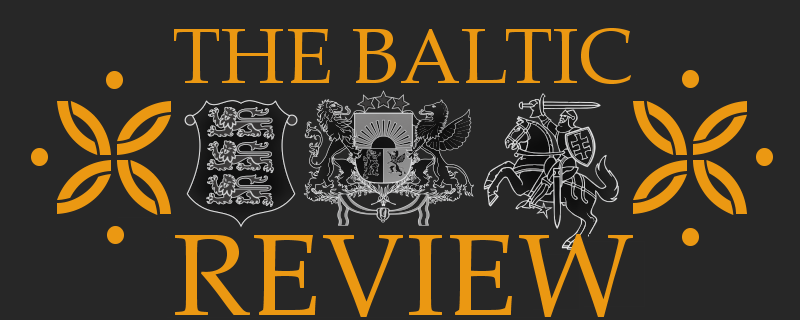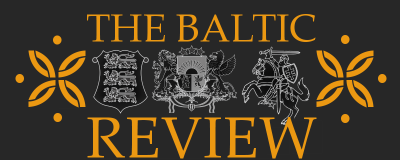Baltic religion, religious beliefs and practices of the Balts, ancient inhabitants of the Baltic region of eastern Europe who spoke languages belonging to the Baltic family of languages. Its most characteristic feature – cosmicality, exclusion of human nature.
The study of Baltic religion has developed as an offshoot of the study of Baltic languages Old Prussian, Latvian, and Lithuanian (see Baltic languages). These form a separate group the oldest one of the Indo-European languages, which are closely related to the ancient Indian language Sanskrit.
Although the study of Baltic languages is important in the study of Indo-European linguistics, the study of Baltic religion has not assumed a similar level of importance in the study of comparative religion.
In 1875 it was shown that the religious concepts of the Balts, when compared with those of other European peoples, are found to be marked by many older features that agree with Vedic (ancient Indian) and Iranian ideas.
At least one scholarly reconstruction of ancient Indo-European religion depended mainly on Baltic religious traditions. International research in Baltic religion has, however, been greatly hindered by the fact that the languages of these small Baltic countries (Latvia and Lithuania) are but little known and because Baltic scholars have been able to work in this field only relatively recently.
The god for Baltic people was evident in all the phenomena of space and nature, on which humans depended, such as , vegetation, wildlife and life force.
In Baltic see the world separated in two poles: Men’s – Sky and its effects (light, fire, sound), together with the heavenly bodies (sun, moon, stars) and a female – the Earth, its plants, forests, fields, hills, rocks, water. Interaction between these poles stimulated life.
This view gave the base for major Baltic religious ritual forms and mythology.

In the old Baltic religion characters’ features, their importance and the degree of individualisation is given the order of 7 mythological levels.
The first level has seven most important gods:
- Ukapirmas and Thunder, Patrimpas (god of rivers)
- Patrimpas and Autrimpas (sea gods)
- Pickles / Patrimpas (underworld god)
- Pergubris (spring, vegetation god)
- Puskaitis (ground elder personification)
- Aušautas (survival, the god of life)
- Pilvytis (asset-bearer).
The third level includes creatures performing abstract functions such as happiness, fate, death – or characters that are known primarily from folklore, these would be Sun , Moon, Venus, Celestial blacksmith, Stars and others and so on.
The fifth level characters from tales and spirits – forest, water , fields’ spirits and so on. Such examples would be Lauksargis (protector of home), Gabija (personified fire).
The sixth level often un-anthropomorphasized (not resembling a human) spirits. These would be pixies, witches, giants, mythological bear, wolf, snake images and others.
The seventh level – covers mythological hypostasis (underlying essential foundation) of a man . This level encompasses priests (Vaidilas), various symbols and ritual objects, sacred places and temples.
However, there seems to be no understanding of nothingness pass ones death. They believed that when man died, his soul passes into another body in a form of smell, steam, bird, butterfly, calf, and keeps the individual characteristics of the deceased. Or go to a high mountain and live the same life, or become a tree.
The core principles of Baltic religion
The world is generally alive. Life is understood in its wider form: trees and sun, water, rocks, are seen to be as a live as a man himself.
Principle of Harmony (darna). Balts see harmony (darna) prone to extinction , therefore it is vital to continuously reach for harmony.For this traditional songs play a vital part as mantras for reaching harmony.
Respect to the order of Gods. As described before, there is a system of gods, some to be more important than other, but all of them to be greatly respected. Man can choose deity’s, which a closer to his needs and hart.
The World is eternal . According to Baltic mythology, the world is constantly recreated by two opposing gods of light and darkness who create and change the proportion of Darna (harmony)
The Golden rule of Darna (harmony). The rule is inviting one to behave and act in a way one himself wish to be treated like from others. The rule is aiming to create space for unselfish love, compassion, refusal of revenge and at the end, darna (harmony).
Respect for Ancestors. Lots of rituals is dedicated in the name of remembering and thanking the ancestors.
Nature is Sacred. Nowadays Romuva is the Lithuanian Expression of Baltic Faith.
Material prepared by Dr. Ingvar Heinrich Lotts


























Comments